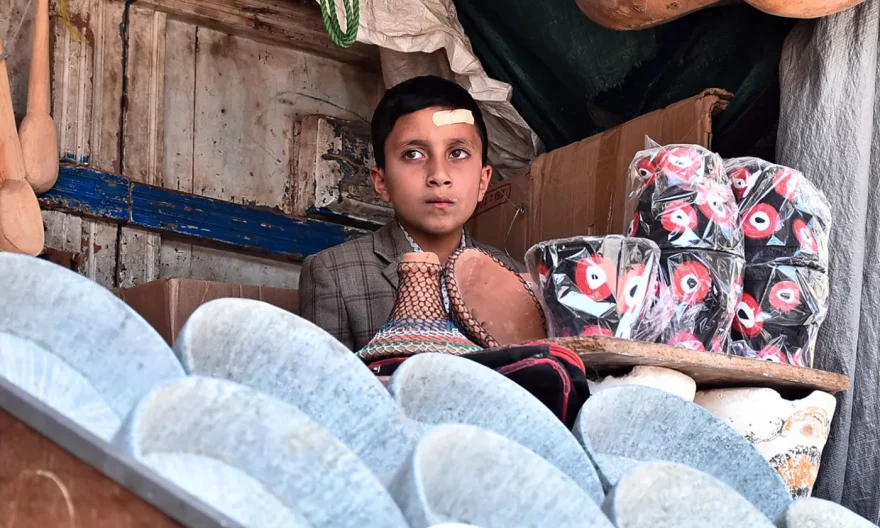
ADDIS ABABA – Nearly 138 million children worldwide were engaged in child labour in 2024, with over 54 million involved in hazardous work that puts their health, safety, or development at risk, according to a new joint report by the International Labour Organization (ILO) and UNICEF.
The report, Child Labour: Global Estimates 2024, Trends and the Road Forward, shows an encouraging decline of more than 22 million children since 2020. However, despite this progress, the world has missed its global target of eliminating child labour by 2025.
Released ahead of World Day Against Child Labour and the International Day of Play, the report underscores the persistent challenge: millions of children continue to be denied their right to education, play, and a safe childhood.
“The findings of our report offer hope and show that progress is possible,” said ILO Director-General Gilbert F. Houngbo. “But we must not be blindsided. We still have a long way to go before we achieve our goal of eliminating child labour. Children belong in school, not in the workforce.”
Agriculture remains the leading sector for child labour, accounting for 61 percent of the total, followed by services at 27 percen including domestic work and street vending and industry at 13 percent, such as mining and manufacturing.
According to the report, Asia and the Pacific achieved the sharpest reduction in child labour prevalence, dropping from 5.6 percent to 3.1 percent (from 49 million to 28 million children). Latin America and the Caribbean saw an 8 percent relative drop in prevalence and an 11 percent decline in absolute numbers. In contrast, Sub-Saharan Africa continues to bear the highest burden, with 87 million children affected nearly two-thirds of the global total.
“While the world has made progress, too many children are still forced to work in dangerous environments, sacrificing their education and well-being,” said UNICEF Executive Director Catherine Russell. “We know what works: legal safeguards, social protection, quality education, and decent work for parents. But global funding cuts threaten to undo decades of gains.”
The report warns that cuts to social services particularly education, child protection, and household income support could push vulnerable families deeper into poverty, forcing more children into labour. It also highlights the urgent need to maintain investment in data collection to track progress and identify areas of concern.
The gender dimension of child labour is also addressed. Boys are more likely to be involved in child labour across all age groups. However, when unpaid domestic chores of 21 hours or more per week are included, the gap shifts, with girls disproportionately affected.
Since 2000, child labour has been nearly halved—from 246 million to 138 million—but the current pace of progress is too slow. To eliminate child labour within the next five years, the rate of progress would need to be 11 times faster.
ILO and UNICEF call on governments to act urgently by investing in universal child benefits and social safety nets, strengthening child protection systems, expanding access to quality education, ensuring decent work for adults, and enforcing laws to prevent exploitation across global supply chains.
BY STAFF REPORTER
THE ETHIOPIAN HERALD THURSDAY 12 JUNE 2025




